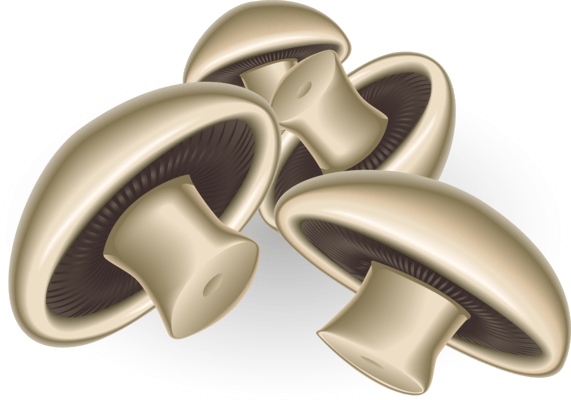 There’s a little wood, a little moisture, a little warmth… and the next thing you know, there’s a fungus party being thrown right above your head in your roof!
There’s a little wood, a little moisture, a little warmth… and the next thing you know, there’s a fungus party being thrown right above your head in your roof!
This party is what we call dry rot: invasive fungi that destroy wood, making it weak and brittle. The wood doesn’t decay because it’s wet, but rather because moisture allows fungi to grow in the tissue of the wood.
Fungal Frolicks in your Roof
So what harm can a little fungus revelry cause? Well, quite a lot, if you let it thrive – especially as much of it can be unseen.
Unlike the obvious decay of dry rot in neglected wooden windows and doors, dry rot is far sneakier. It finds its way in concealed parts of your roof, wherever moisture is present, and reproduces at a rate of more than five million spores per minute in a few days. It even lies in wait for years until it’s in contact with water again to become active.
Moisture provides all that fungi need for rapid growth into the wood, which will weaken and destroy the timbers of a roof. Many of us now have weatherized or energy efficient materials in our attics and structural elements of our home, making it even harder for moisture to evaporate. To fungi, even a tiny water leak from a roof is the equivalent of an all-you-can-drink party: it’s just a question of time before something gets damaged.
Stopping Dry Rot in your Roof
There’s no such thing as a small dry rot problem. If you don’t treat dry rot, the strength of your structural roof timbers could be compromised, and the rot can even spread to bricks and plastering in the building. Load-bearing beams, rafters, ceilings, floor joists and other important structural elements can quickly weaken if you let dry rot attack the wood in your roof.
You may not realize you have a dry rot problem until it becomes apparent, at which stage you may smell or see the fungus. A professional roofer will be able to tell you if it is indeed dry rot caused by water leaks or moisture rather than an insect invasion that mimics the signs of dry rot.
The good news is that you can call it a day and send the fungi packing. Once the water supply is cut off, this removes one of the most important conditions in which dry rot can thrive. Repair the leak in your roof or water pipe, and the fungi will stop spreading. The affected wood won’t heal, but you’ll stop it from getting worse.
If you have a dry rot problem, or if you’ve had a water leak in the past or notice molds or moisture in your attic or house, contact a professional roofer right away. You’ll have to have any affected wood removed and replaced, and neighboring wooden structures may be treated with a biocide.
Prevention is Better than Cure: Maintaining your Roof
The best way to prevent dry rot is to find any source of moisture and repair water leaks as quickly as possible. Some of the wooden structures can be pressure-treated with preservatives that will slow fungal growth; these need to be reapplied every few years.
Have a professional roof inspection of your roof regularly. Trust the professionals: they know how to kill a party (of fungi)!


